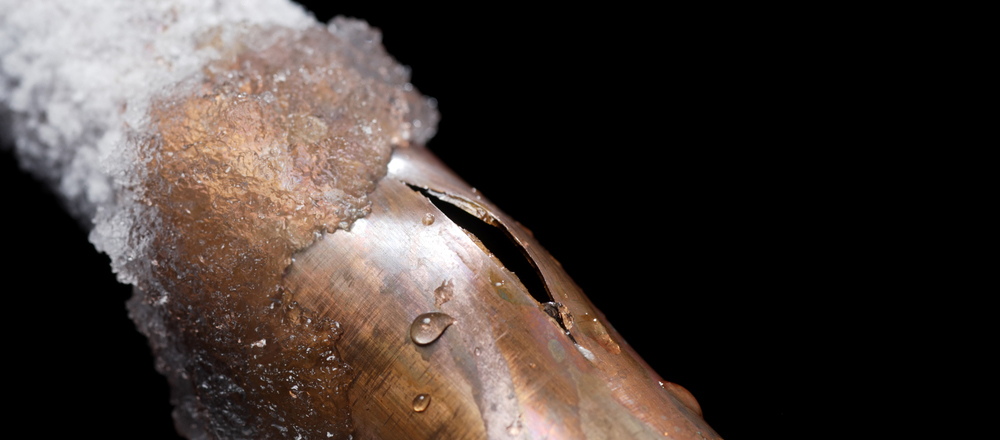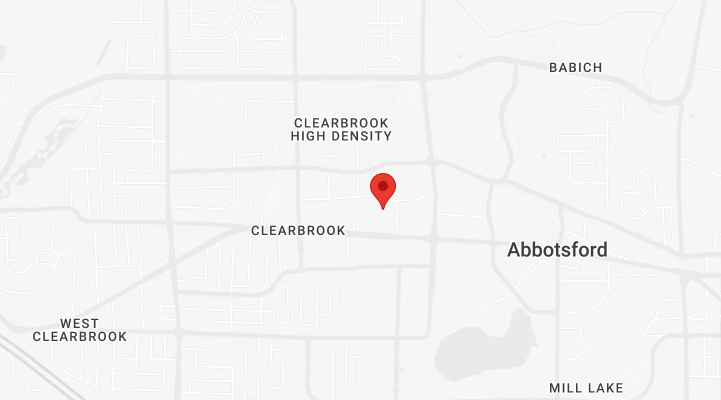The PuroClean Blog
How to Thaw Frozen Pipes in the Home

When outside temperatures plummet, property owners are often afraid that their pipes might freeze in their home. That would lead to a water damage disaster that could take a lot of effort to fix. As water damage remediation experts, we receive many calls to restore water damage that was caused by frozen pipes each winter. Here’s what property owners can do to thaw frozen pipes and prevent water damage before it’s too late:
- Locating the Frozen Pipe – If homeowners aren’t sure which pipe is frozen, they should turn on all faucets in the home, then check which faucet isn’t releasing water at all or just a trickle. The pipe leading to that faucet is likely frozen.
- Turning on the Faucet – Once they’ve located the frozen pipe, homeowners should open the faucet leading to the frozen pipe (both the hot and cold handles). This will allow water to flow once homeowners start thawing the pipe.
- Thawing Near the Faucet – When thawing a frozen pipe, the best practice is to start closer to the faucet then work down towards the frozen section. Starting closer to the blockage can cause melting ice to get stuck behind the blockage. This creates more pressure in the pipe and increases the chances of the pipe breaking.
- Thawing Exposed Pipes – There are several ways to thaw accessible pipes:
- A hair dryer can be pointed at the frozen pipe, starting near the faucet, following proper safety precautions for the dryer.
- Electric heat tape can be applied directly to the pipe. This tape insulates the pipe, defrosting it. The heat tape can be left on the pipe and turned on/off when needed.
- Hot towels, which have been dipped in hot water, can be wrapped around the frozen pipe. This method is slower, but potentially safer than the ones above.
- Thawing Enclosed Pipes – Inaccessible pipes can be thawed in different ways:
- Homeowners should turn the heat up in the home and wait until the increased interior temperature thaws out the frozen pipe.
- An infrared lamp can be positioned in front of the portion of the wall where the frozen pipe is located. The heat from the lamp could penetrate the wall and help the pipe defrost.
- As a last resort, the section of the drywall in front of the frozen pipe should be cut off to easily access it. One of the methods for thawing exposed pipes can then be used.
- Knowing the Risks – When trying to thaw a frozen pipe themselves using a heat source, homeowners run the risk of injury and fire. Proper safety measures must be taken when using electrical equipment. In addition, if thawing isn’t started near the faucet, the pipe could burst and cause water to flow into the home.
The PuroClean team stands ready to provide professional restoration services to any property affected by fire, water or mould damage.
February 8, 2019


